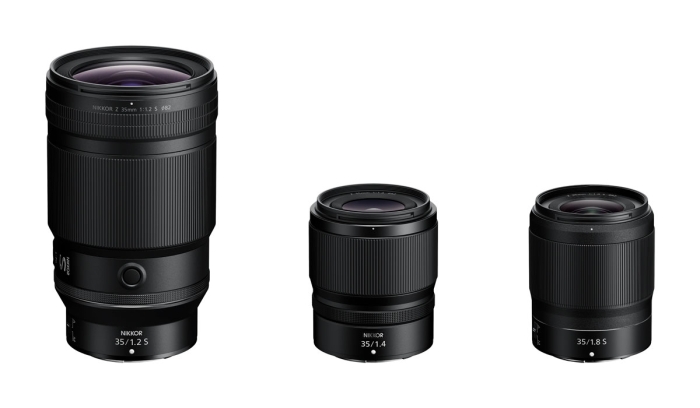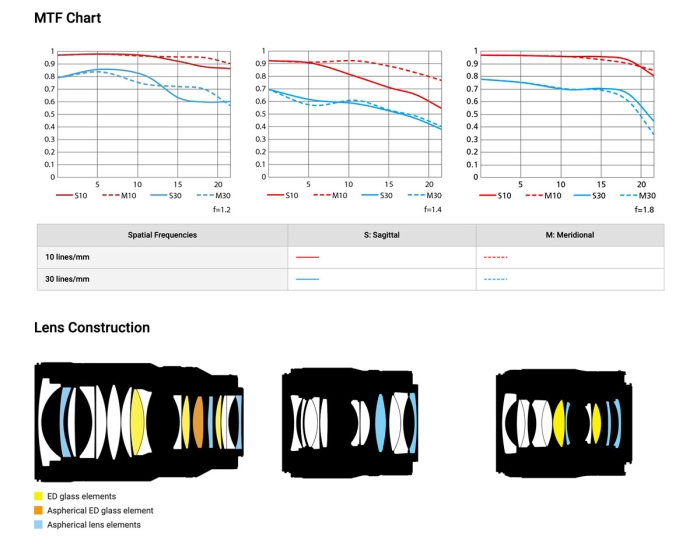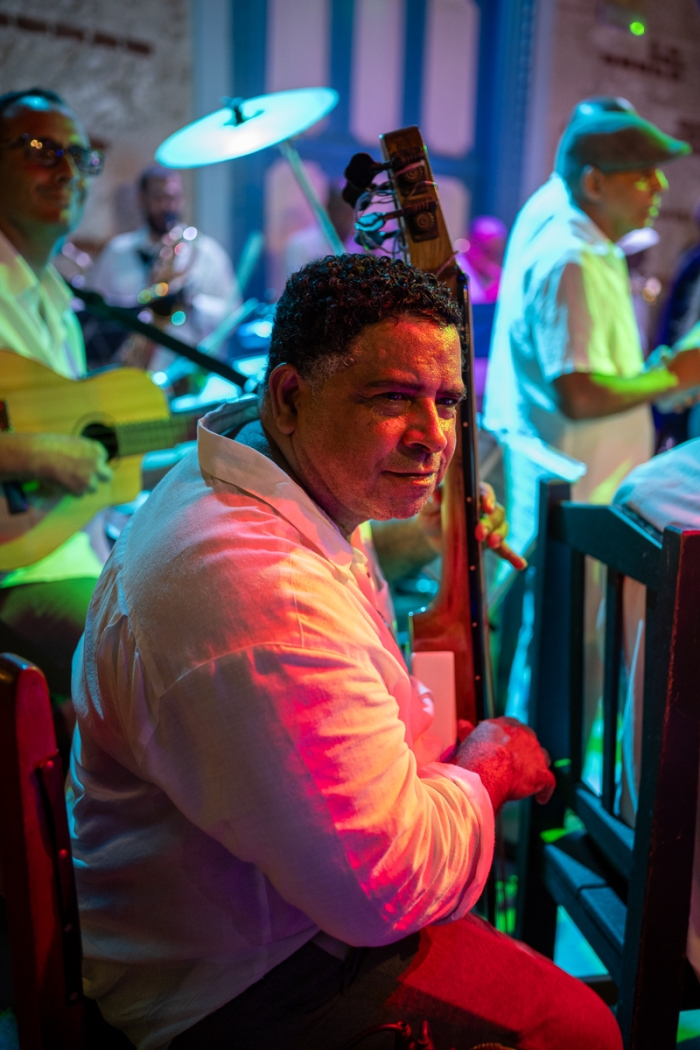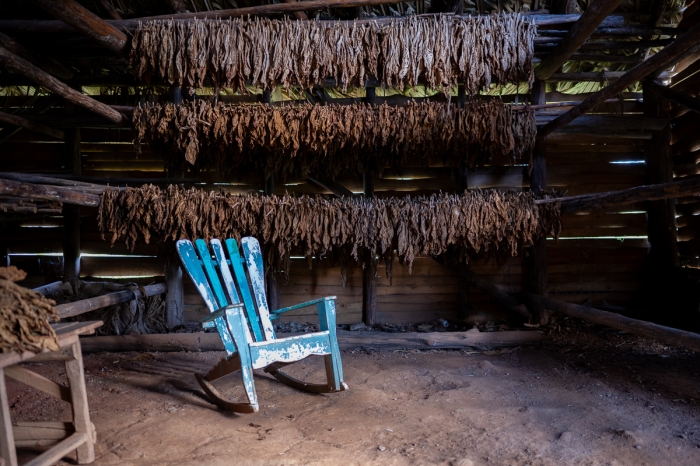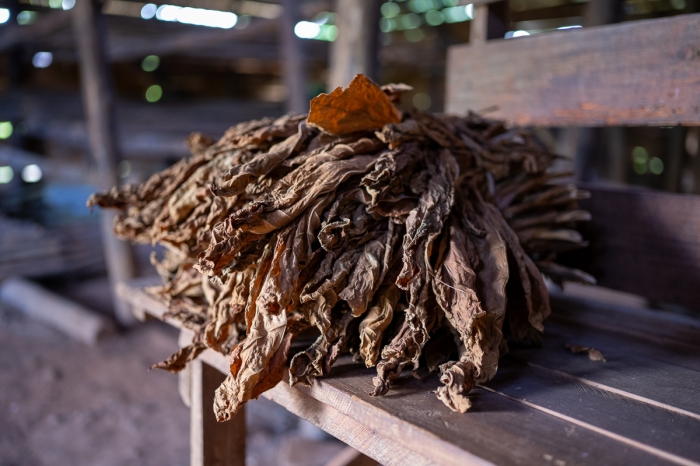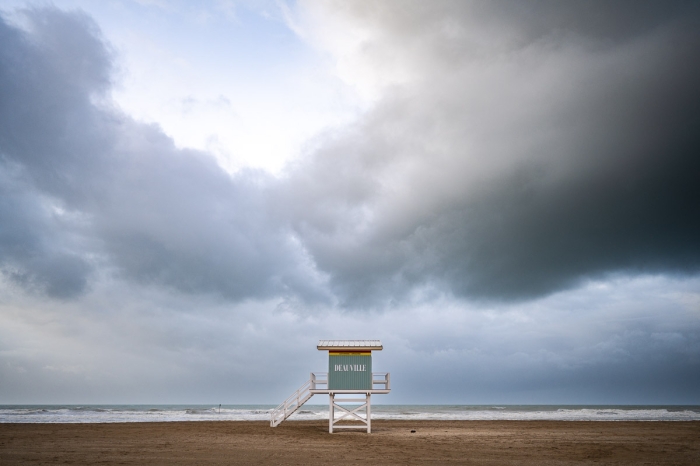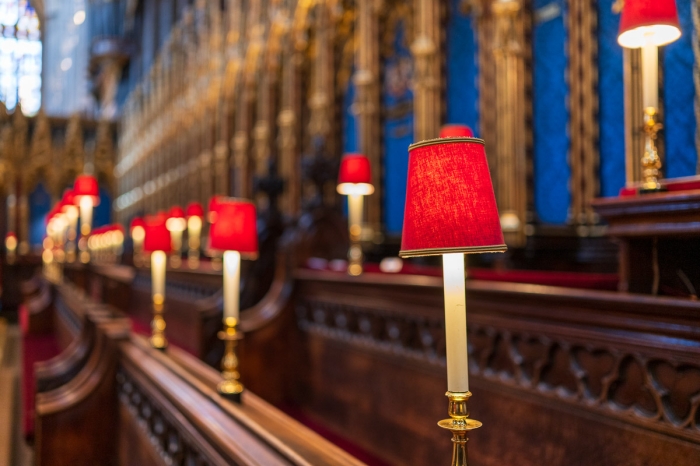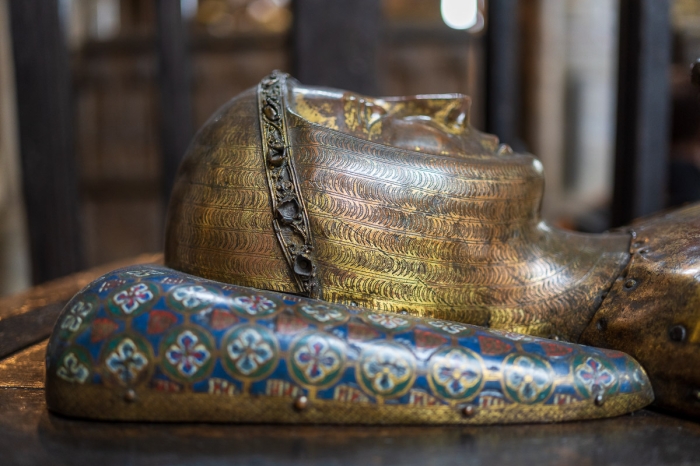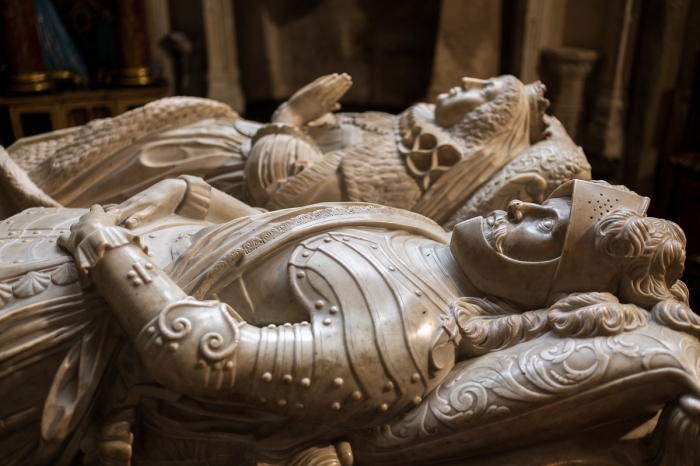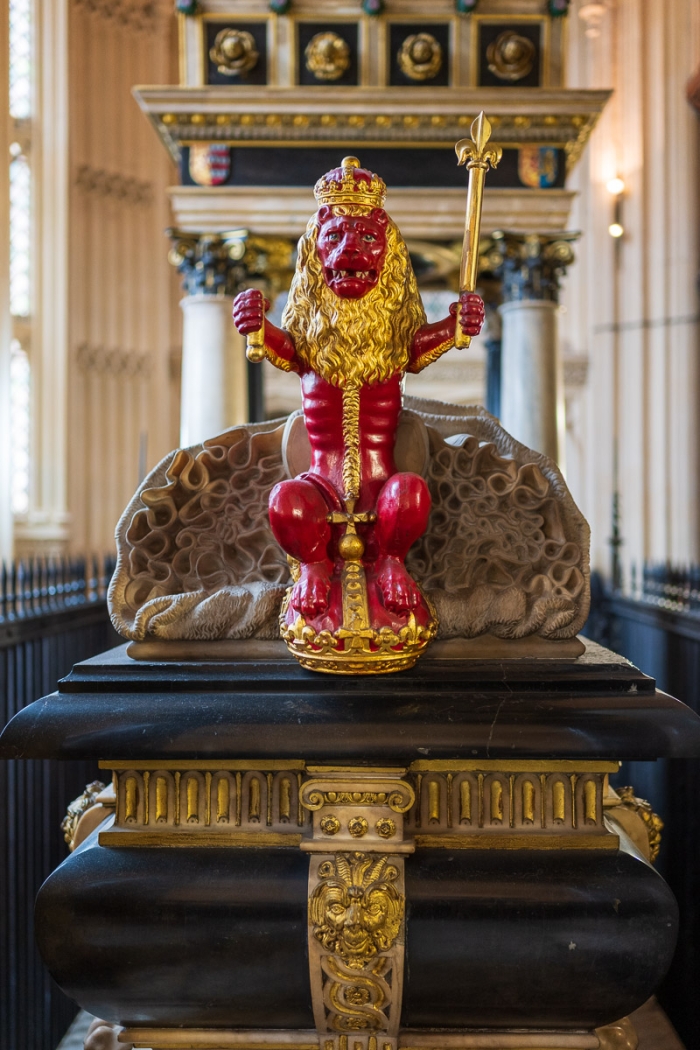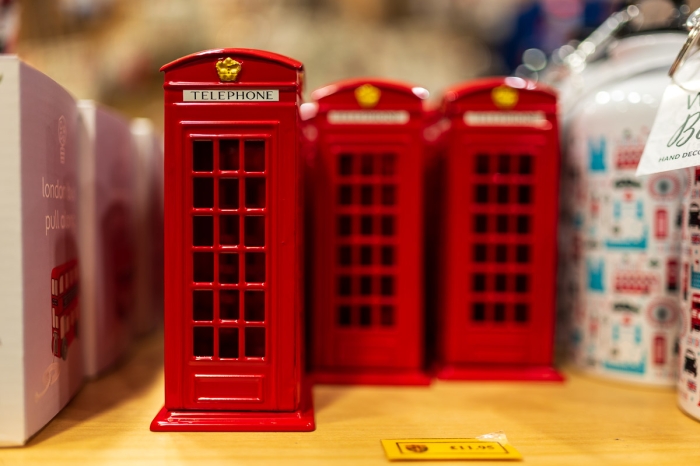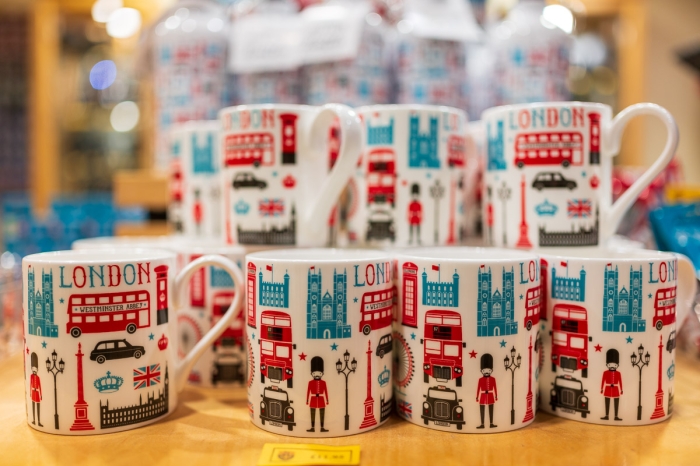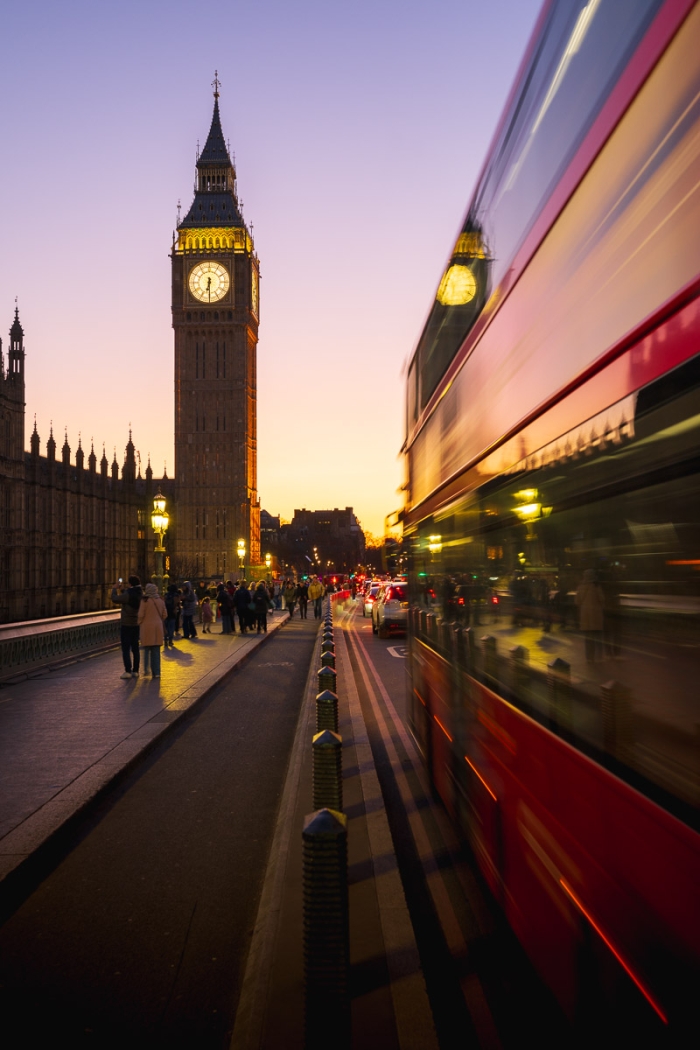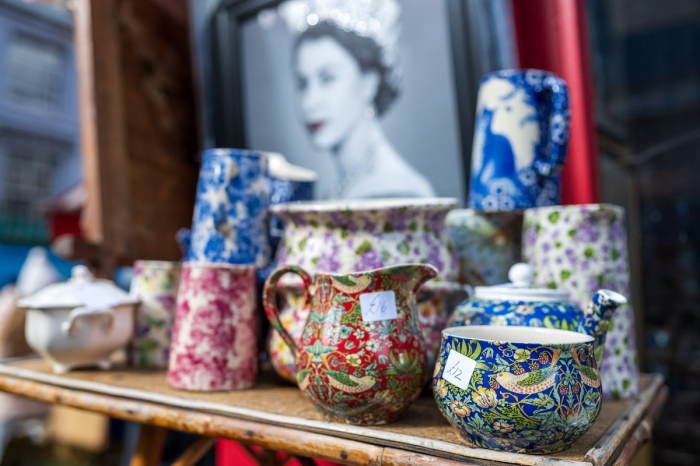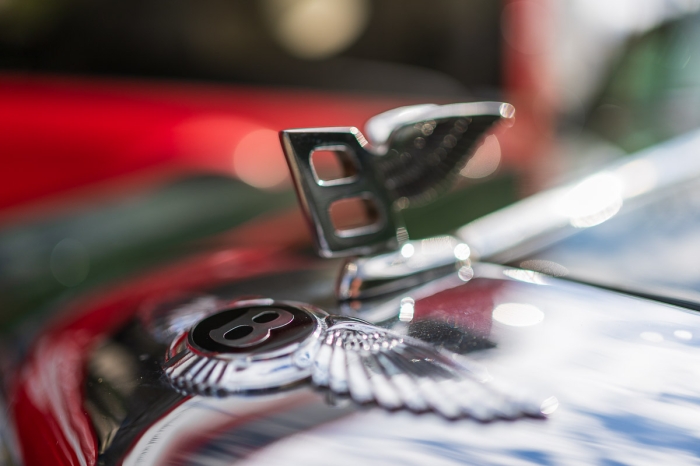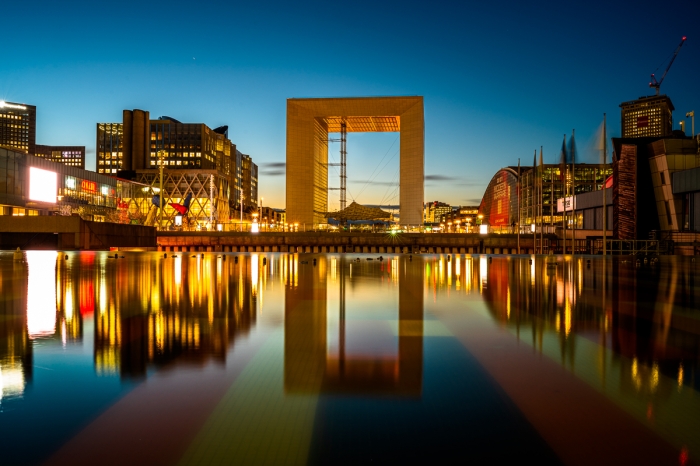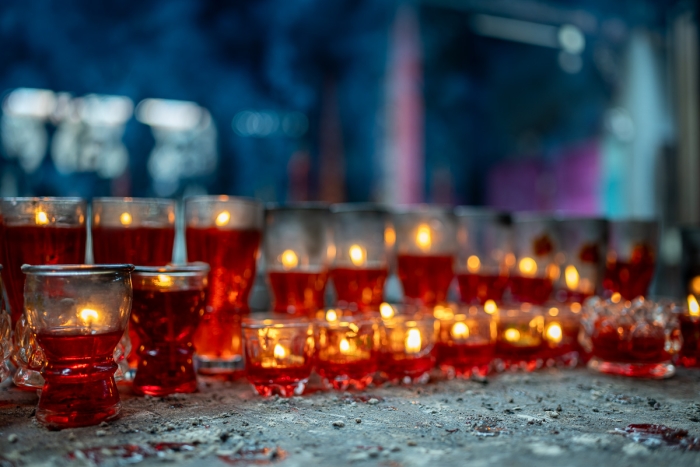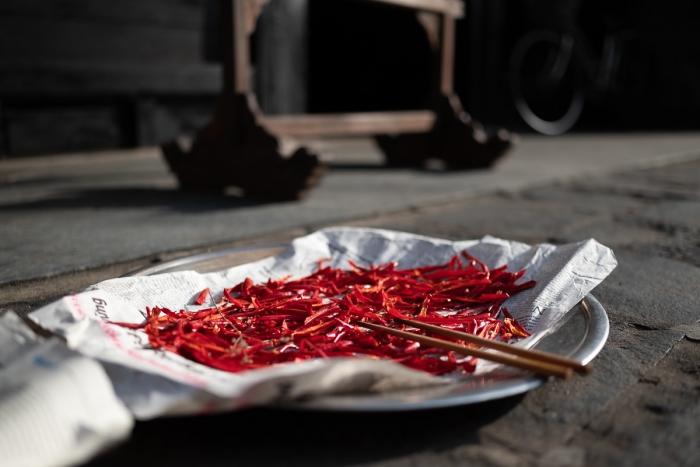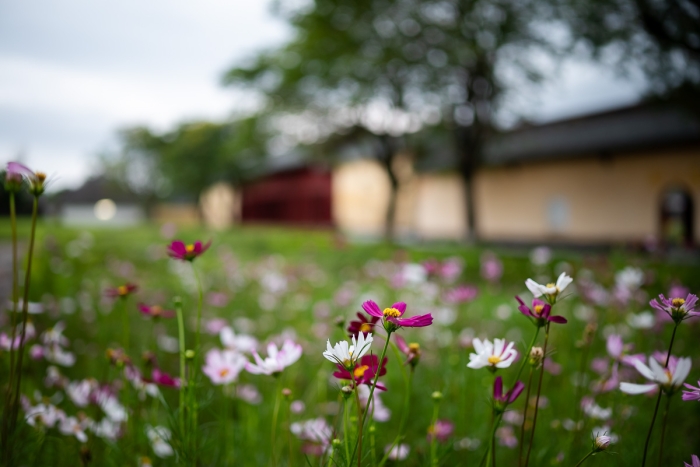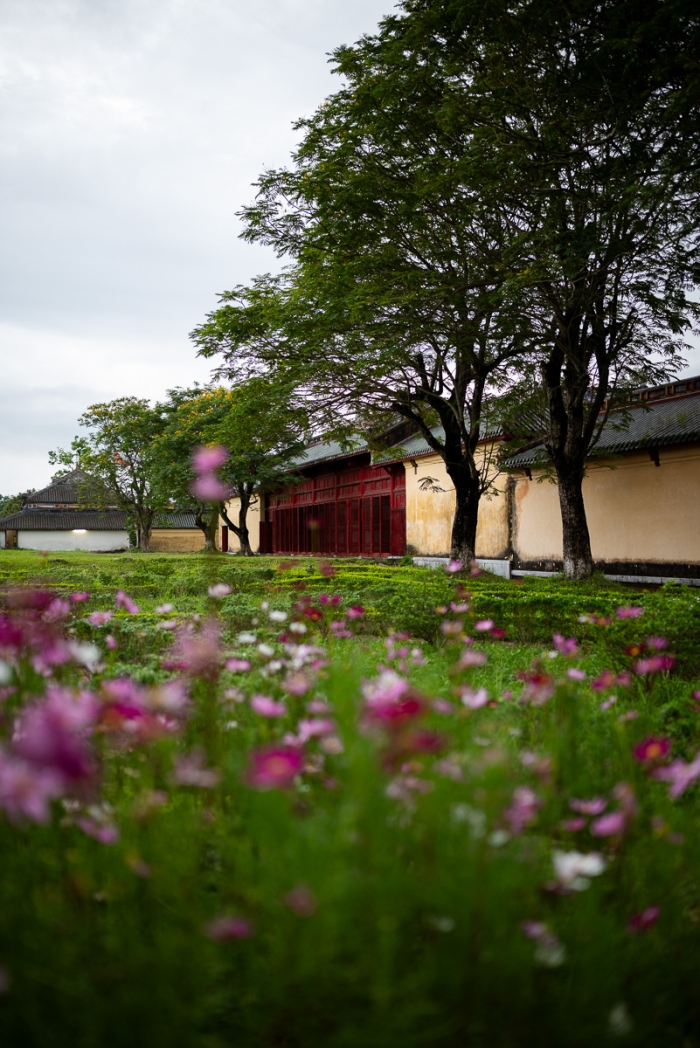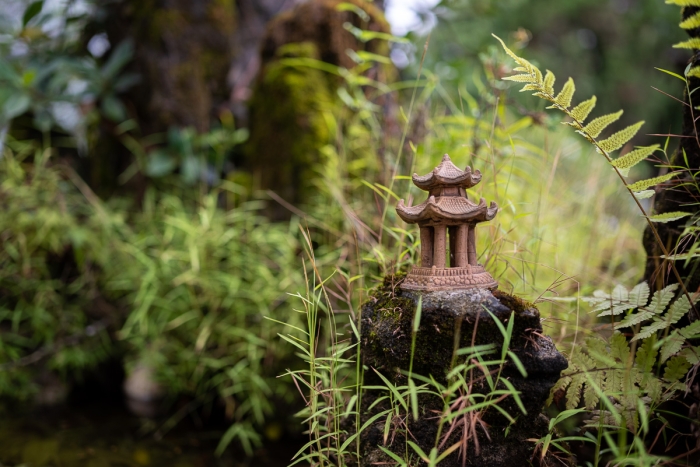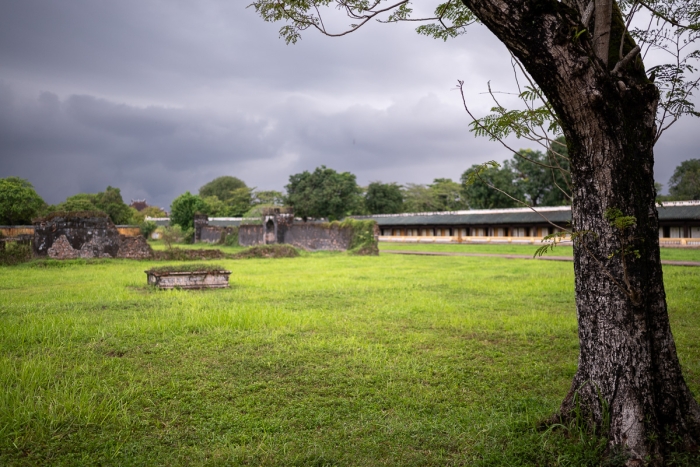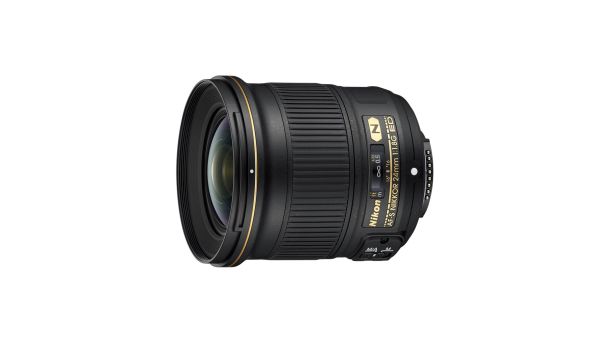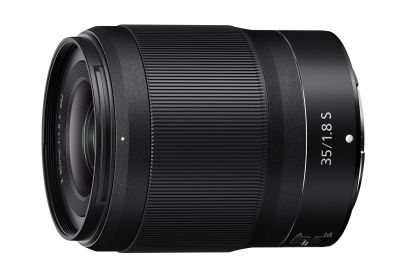
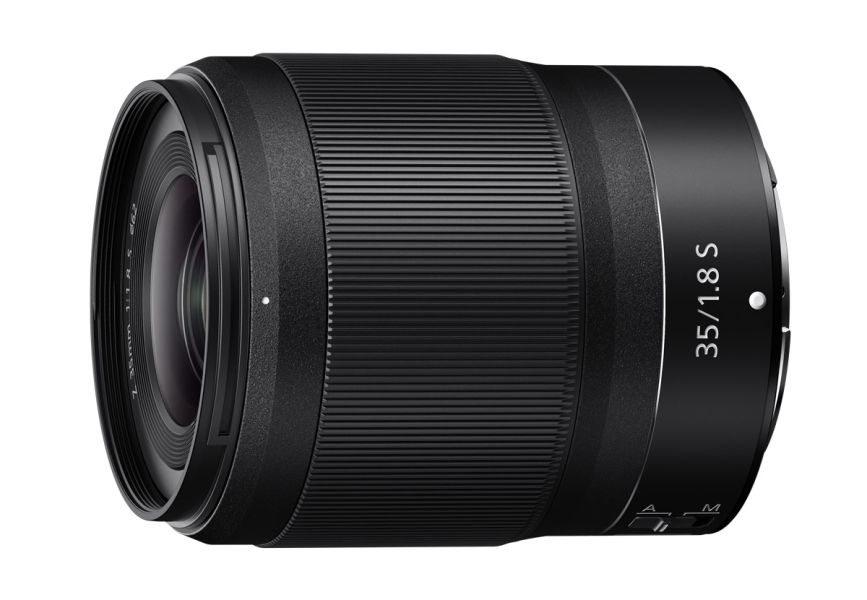
Nikon Nikkor Z 35mm f/1.8 S – field test, review and sample images
Since I switched to the Z mount, the Nikon Nikkor Z 35mm f/1.8 S has established itself as one of my reference prime lenses. Versatile, relatively light, and already very sharp at full aperture, it comes with me for travel, architecture and landscape photography, and to isolate details in often dimly lit locations. In this article, I share a concrete field review, illustrated with sample images and completed with a concise technical overview.
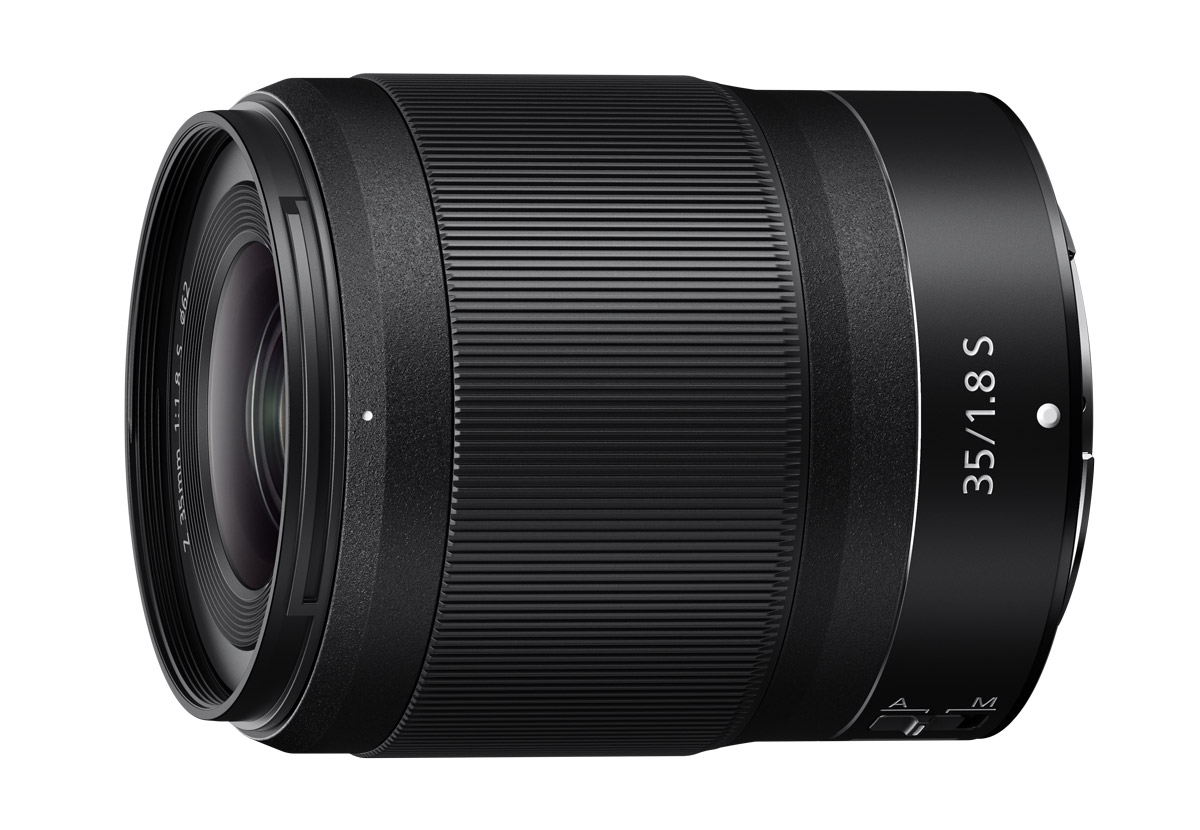
A versatile 35mm for the Nikon Z system
The Nikon Z 35mm f/1.8 S is part of the S Line, Nikon’s high end series of prime and zoom lenses for the Z mount. On a full frame body this 35mm offers a natural angle of view, very close to what the human eye perceives. It is an ideal focal length for telling a story without distorting the scene, while still allowing you to move in closer to your subject.
Already at f/1.8, sharpness is very high across the entire image. On high resolution sensors, the rendering remains precise, with no impression of softness. Stopping down to f/2.8 or f/4 yields extremely detailed images from edge to edge, which makes it equally at ease for reportage and landscape work.
The minimum focus distance of 0.25 m allows you to get close enough to isolate a detail, an object or a texture while still keeping a generous part of the environment in the frame. It is not a macro lens, but it works very well as a narrative tool to give context around your subject.
Image quality, sharpness, bokeh and colour
From an optical point of view, the Nikon Z 35mm f/1.8 S stands out thanks to its very even sharpness, even at full aperture, and its excellent control of chromatic aberrations. Lines stay clean, edges do not bleed, even in high contrast areas or backlit situations.
Having worked for a long time with equivalent focal lengths in F mount, in Ai S versions, I notice a real difference in day to day use. With those lenses, I had to remember to stop down one stop to be sure to get satisfying sharpness across the whole frame. The Z 35mm S Line, by contrast, is fully usable from edge to edge already at f/1.8. You can therefore work wide open without compromising on image quality, which is very liberating in real life conditions.
The bokeh is smooth and pleasant, especially when working between f/1.8 and f/2.8 at short or medium distance. Out of focus highlights remain nicely rounded thanks to the 9 bladed diaphragm, which results in fluid backgrounds, particularly attractive in street photography or for environmental portraits where the subject remains embedded in their surroundings.
Colours are neutral, with a slightly contrasty rendering that pairs well with the processing of recent Z bodies. In backlight, flare is well controlled if you pay attention to very bright sources in the frame, and the micro contrast helps retain shape and texture in materials such as stone, metal or foliage.
Nikon Z 35mm f/1.8 S, 35mm f/1.4 or 35mm f/1.2?
I have not borrowed a 35mm f/1.4 or a 35mm f/1.2 for a full field test, so I cannot definitively recommend the f/1.8 over the f/1.4 or f/1.2. However, a few reference points can help you choose between these three maximum apertures.
The 35mm f/1.8 S belongs to the S Line, considered Nikon’s premium range for the Z mount, with particular care given to optical consistency, sharpness and control of aberrations. The MTF curves[1] published by Nikon place the 35mm f/1.8 S at an excellent level already wide open, which shows that this version is not a “budget option” but a genuine high end lens.
The composite below lets you see at a glance the difference in overall size between the Nikon Z 35mm f/1.2 S, 35mm f/1.4 and 35mm f/1.8 S, as well as their optical layouts and MTF curves. These charts are useful to compare the potential of each lens, but they remain indicative only: the most important thing is to be able to take advantage of a good opportunity when it appears (a promotion, a used copy in a shop or online), without getting paralysed by technical considerations.
The main difference between a 35mm f/1.8, a 35mm f/1.4 and a 35mm f/1.2 lies in light gathering and the ability to produce an even shallower depth of field: the f/1.4 gains about 2/3 EV[2] compared with the f/1.8, and the f/1.2 goes further still. To visualise what this means in terms of the in focus zone, here is an example of approximate depth of field (on full frame) at different subject distances:
| Subject distance | f/1.2 | f/1.4 | f/1.8 |
|---|---|---|---|
| 0.5 m | 1.4 cm | 1.6 cm | 2.0 cm |
| 1 m | 5.7 cm | 6.6 cm | 8.5 cm |
| 2 m | 23.2 cm | 27.0 cm | 34.9 cm |
| 3 m | 52.6 cm | 61.6 cm | 79.7 cm |
At very short distances, the in focus zone therefore remains extremely thin, even at f/1.8, and becomes even thinner at f/1.4 and f/1.2. This can be a creative asset if you are looking for a very blurred background, but it also requires very precise focusing and good control of subject movement.
In practice, if you often work in very low light, concerts, theatre, night scenes, or if you are specifically looking for very pronounced shallow depth of field effects, the f/1.4 can be justified. If you want a good balance between image quality, weight, size and price, the 35mm f/1.8 S is already a very solid choice. The ideal solution is of course to test in the field, according to the way you frame and how you like to use this focal length.
The NIKKOR Z 35mm f/1.2 S is also worth mentioning, although I have not tested it either. For my own work, I do not see a real need for it: its size, weight and price make it a very specialised lens. It is aimed at photographers with specific needs where that extra fraction of a stop compared with the f/1.8 is truly critical, for example ambient light portraits, night scenes or situations where you systematically want the shallowest possible depth of field. If that is not your case, the 35mm f/1.8 S remains, in my opinion, the most consistent choice.
You will find a summary of the main specifications for these three lenses in the article: Nikon NIKKOR Z Lens Comparison (FX & DX) – Weight, Length, Min Focus.
In the field, when the 35mm shines
In real world use, the Nikon Z 35mm f/1.8 S is a lens you can keep on the camera for hours without feeling constrained. It covers a wide range of situations while remaining compact and relatively light at 370 g, which is very welcome on a full day of walking or visiting.
In my own setup, I do not leave it permanently mounted, but I treat it as an important piece in a coherent system. On the Nikon Z8, the 35mm is used to isolate details in dark locations such as churches, interiors or exhibitions, where the combination of wide aperture and excellent edge to edge sharpness is truly useful. It alternates with a Canon TS-E 17mm f/4 (for architectural views using shift) or with the NIKKOR Z 14-30mm for landscape work. The Z8’s sensor protection curtain makes these lens changes more comfortable, even in real shooting conditions.
In parallel, the Nikon Z7 II often stays paired with a 70-200mm, which allows me to cover everything from wide angle to telephoto, while keeping the 35mm as a pivot focal length. This two body, multi lens setup offers great flexibility, with the 35mm acting as the link between very wide views and tighter framing.
In street photography, the 35mm is wide enough to place a subject in its environment, yet tight enough to avoid the distortions of a 24mm or 20mm. You can get closer, play with perspective, and combine architecture, silhouettes and graphic details in a single frame.
When travelling, it is a very comfortable focal length for photographing architecture, everyday scenes, shop windows or market stalls, without feeling too far away or too close. The wide f/1.8 aperture really comes into its own indoors, in museums, cafés or dimly lit places, where you want to keep the natural light atmosphere without pushing ISO too far.
For landscape photography, the 35mm offers a more intimate approach than ultra wide angle lenses. Instead of trying to show everything, it invites you to select a portion of the scene, a line of trees, a play of light on a façade, a path that cuts through the frame. Stopping down to f/5.6 or f/8 provides excellent depth of field and very even sharpness across the image.
The autofocus, driven by a stepping motor, is quiet and accurate enough for general use. In stills shooting, it tracks moderately moving subjects without difficulty, which makes it well suited to street scenes, children playing, or more dynamic reportage situations.
Technical specifications of the Nikon Z 35mm f/1.8 S
| Specification | Detail |
|---|---|
| Focal length | 35 mm |
| Maximum aperture | f/1.8 |
| Minimum aperture | f/16 |
| Minimum focus distance | 0.25 m |
| Optical construction | 11 elements in 9 groups (including aspherical and ED elements) |
| Diaphragm blades | 9 (rounded) |
| Autofocus motor | Stepping motor, silent |
| Weight | 370 g |
| Filter thread | 62 mm |
| Weather sealing | Sealed joints and protection against dust and moisture |
Sample images with the Nikon Z 35mm f/1.8 S
The images below were shot with the Nikon Z 35mm f/1.8 S on different Z series bodies. They illustrate the variety of situations where this focal length performs well, from street scenes and architectural details to landscapes, late afternoon light and dimly lit interiors.
Click on the photos below to view them full screen.
All photos on this website are copyright protected © Sebastien Desnoulez, no use is allowed without the author’s written permission.
All the photos displayed on this website are copyright protected © Sebastien Desnoulez. No use allowed without written authorization.
Legal notices
Should you choose the Nikon Z 35mm f/1.8 S
If you are looking for a bright, versatile and reliable 35mm for your Nikon Z mirrorless camera, this 35mm f/1.8 S is a safe bet. It offers very good image quality already at full aperture, pleasant bokeh, quiet autofocus and solid build quality, suitable for intensive use in travel and reportage.
Compared with more compact lenses like the Z 28mm f/2.8 or Z 40mm f/2, the Nikon Z 35mm f/1.8 S positions itself as a more demanding tool, designed to take full advantage of high resolution sensors and deliver superior optical consistency. It is aimed at photographers who want a 35mm capable of supporting long term photographic projects without compromising on quality.
In my own workflow, this 35mm is not the lens I leave on the camera all the time, but it is the optic I come back to whenever I want to isolate a detail in a dark place or tell a story with a natural, human eye point of view.
If you are also exploring 50mm options, have a look at my Field Test – Nikon Nikkor Z MC 50mm f/2.8 Macro Lens Review and the comparison Nikon Z 50mm vs 24–70mm: Which Lens Should You Choose? to refine your choice.
About the Author
Sebastien Desnoulez is a professional photographer specializing in architecture, landscape and travel photography. Trained in photography since the 1980s, he covered Formula 1 races and reported from around the globe before devoting himself to a more demanding fine art photography practice blending composition, light, and emotion. He shares his technical expertise through hands-on articles for passionate photographers, built on a solid background in film and digital photography.
1. MTF (Modulation Transfer Function): this is a way of measuring how well a lens can reproduce fine detail and contrast across the frame. On most charts, the horizontal axis shows the distance from the image centre to the edges, while the vertical axis (from 0 to 1) represents contrast. Several curves are plotted for different spatial frequencies, often 10 and 30 lines per millimetre, and for two directions in the image (sagittal and meridional). As a rule of thumb, the higher and straighter the lines are, the better the lens maintains contrast and resolution, but an MTF chart only tells part of the story and does not account for all aspects of rendering such as colour, flare or bokeh.
2. EV (Exposure Value): EV is a unit that combines aperture, shutter speed and ISO sensitivity to describe an exposure level. A difference of 1 EV corresponds to one “stop”, that is a doubling or halving of the amount of light reaching the sensor. This can mean, for example, going from f/4 to f/5.6, or from 1/125s to 1/60s.
Tags
I am represented by the gallery
Une image pour rêver
